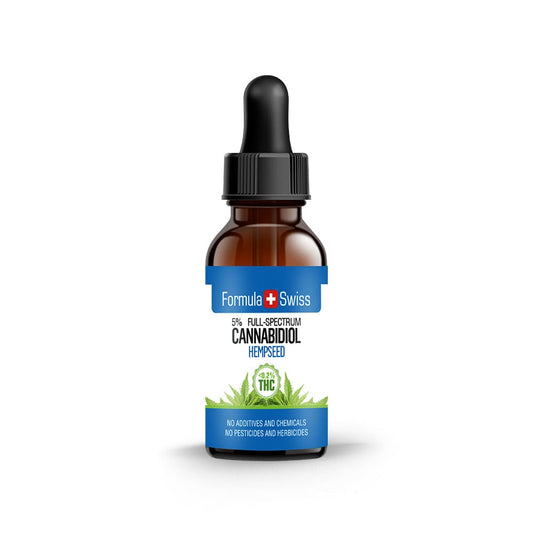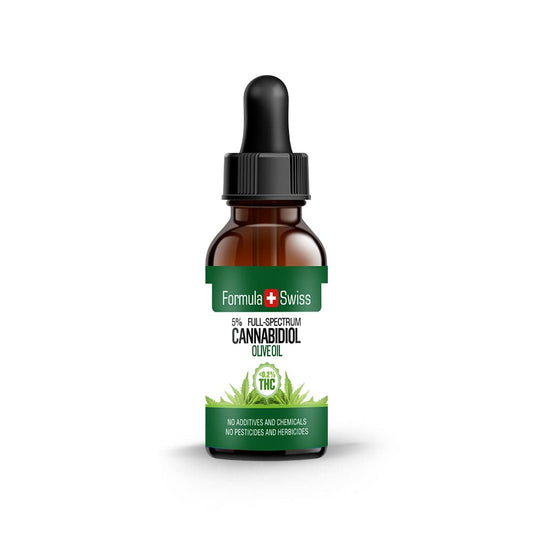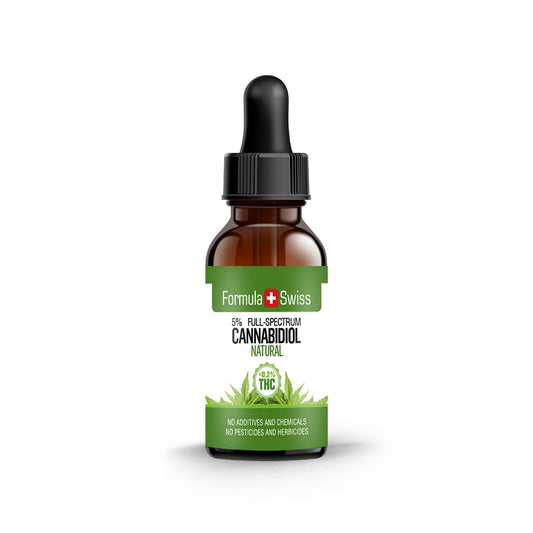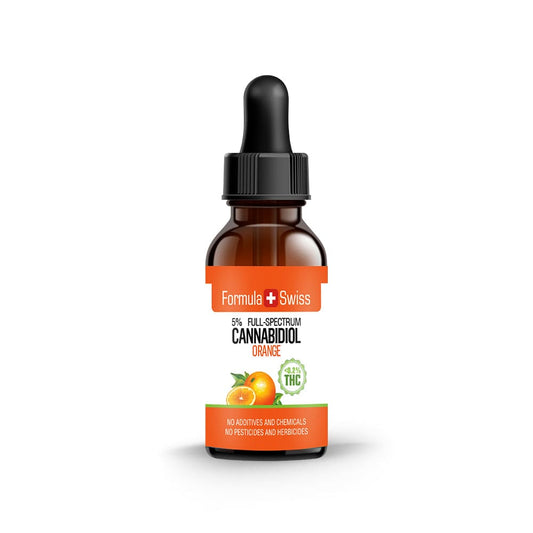Introduction to cannabinoids
Cannabinoids are a group of active compounds found in the cannabis plant. These naturally occurring substances are responsible for many of the plant’s effects, ranging from the psychoactive high linked to THC to the calming influence often associated with CBD.
In recent decades, interest in cannabinoids has grown significantly. This shift has been shaped by changing attitudes towards cannabis, advances in the understanding of the body’s endocannabinoid system, and anecdotal reports of how cannabinoids are used.

The science of cannabinoids
To explore cannabinoids, it is essential first to understand the endocannabinoid system. This complex cell-signalling network was identified in the early 1990s during research into THC, one of the best-known cannabinoids.
The endocannabinoid system is active in the body even without cannabis use and plays an important role in maintaining homeostasis, or internal balance, in response to environmental changes.
Research studies have documented how cannabinoids interact with the endocannabinoid system (ECS), which forms part of the nervous system. This occurs primarily through two receptors: CB1, found mostly in the central nervous system, and CB2, more commonly present in peripheral cells linked to the immune system.
When cannabinoids bind to these receptors, they influence the release of neurotransmitters, resulting in a variety of physiological effects.
Cannabinoids can be introduced to the body by inhalation, ingestion, or topical application, with their effects differing depending on both the compound and the method of use.
There are three main categories of cannabinoids:
| Type of cannabinoid | Description |
|---|---|
| Phytocannabinoids |
These occur naturally in the cannabis plant as well as in a small number of other plants. Cannabis contains the widest and most diverse range, with more than 150 known cannabinoids identified so far. Interestingly, cannabis does not directly produce cannabinoids. Instead, it creates cannabinoid acids such as THCA and CBDA, which must be activated to become compounds like THC and CBD. |
| Endocannabinoids |
Produced naturally in the body by different organs and tissues, these compounds share structural similarities with cannabinoids from plants. The body synthesises endocannabinoids to help regulate processes including memory, mood, immunity, sleep, and stress response. The two main endocannabinoids are anandamide (AEA) and 2-AG (2-arachidonoylglycerol). |
| Synthetic cannabinoids |
These are man-made compounds created through chemical synthesis rather than occurring naturally. More than 200 synthetic cannabinoids exist, most designed to strongly affect the body’s cannabinoid receptors. However, some have raised safety concerns due to potentially harmful effects. |
The most common cannabinoids
The two most widely recognised cannabinoids are THC (delta-9-tetrahydrocannabinol) and CBD (cannabidiol).
THC is the main psychoactive compound in cannabis, responsible for the “high” often associated with use. It can influence mood, perception, and short-term memory, and may create feelings of relaxation or euphoria.
CBD, by contrast, is non-psychoactive. It has become a subject of extensive research, with studies exploring its potential roles in various contexts. CBD is also known to moderate some of the psychoactive effects of THC, such as anxiety or paranoia.
Other noteworthy cannabinoids include Cannabigerol (CBG), Cannabichromene (CBC), and Tetrahydrocannabivarin (THCV), each being studied for their unique properties.
You can find a broader overview of common cannabinoids in the table below.
The potential therapeutic effects of cannabinoids
Research into cannabinoids continues to expand, with studies suggesting a wide range of possible applications.
One of the most documented areas is the study of cannabinoids in relation to chronic pain. Evidence indicates they may influence the body’s pain control system, which has led to interest in their role in conditions such as arthritis, fibromyalgia, and endometriosis.
| Cannabinoid short name | Full name | Description and potential areas of study | |
|---|---|---|---|
| THC | Tetrahydrocannabinol | THC is the most familiar and often most abundant cannabinoid in cannabis. Research has linked it to effects such as influencing pain, appetite, and sleep, as well as easing nausea. It has been studied in relation to conditions including ALS, cancer, and fibromyalgia. | Read article |
| CBD | Cannabidiol | CBD is a non-psychoactive cannabinoid extensively researched for seizure and spasm disorders such as epilepsy and multiple sclerosis. It has also been studied in connection with anxiety, sleep, and tumour research. Some studies suggest it may work synergistically with THC. | |
| CBG | Cannabigerol | CBG is non-psychoactive and has been researched for its potential roles in inflammation, pain, and nausea, as well as slowing the proliferation of certain cells. Interest has also grown in its use for digestive health. | |
| CBC | Cannabichromene | CBC is non-psychoactive and has been studied for its potential role in supporting brain health by encouraging the development of new cells. It has also been investigated for its relevance to cancer research. | Read article |
| THCV | Tetrahydrocannabivarin | THCV is psychoactive, though it produces a different type of effect compared to THC, often described as more energising or focused. It has been studied for stress and anxiety, as well as its possible neuroprotective qualities. | |
| THCA | Tetrahydrocannabinolic Acid | THCA is the non-psychoactive acidic precursor to THC. It has been researched in relation to inflammation and pain, and explored in studies on neurological health. | |
| CBN | Cannabinol | CBN is mildly psychoactive and is often studied for its sedative properties. Research has also considered its role in immune function and inflammation. | |
| CBDV | Cannabidivarin | CBDV is non-psychoactive and has been researched for seizure disorders, nausea, and inflammation, as well as pain and mood-related studies. | Read article |
| CBDA | Cannabidiolic Acid | CBDA is the acidic precursor to CBD. It has been studied for anti-inflammatory and anti-nausea properties, and explored for its potential role in anxiety research. | |
| CBGA | Cannabigerolic Acid | CBGA is considered the “stem cell” of cannabinoids, as it is the precursor to many others. Research has explored its potential anti-inflammatory, analgesic, and antifungal roles. | |
| Δ8-THC | Delta-8-Tetrahydrocannabinol | Delta-8-THC is psychoactive but less potent than delta-9-THC. Studies have looked at its possible anti-nausea, appetite-stimulating, and neuroprotective effects. | |
| CBL | Cannabicyclol | CBL is non-psychoactive and typically present in small amounts in cannabis. It is believed to have anti-inflammatory potential, though further study is required. | |
| CBE | Cannabielsoin | CBE is a relatively unknown cannabinoid with little confirmed research at present. More studies are needed to determine its properties. | |
| CBCV | Cannabichromevarin | CBCV is a varin form of CBC. It is non-psychoactive and has been suggested to have therapeutic potential, though more research is necessary. | |
| CBNA | Cannabinolic Acid | CBNA is the acidic precursor to CBN. While thought to hold some therapeutic potential, further research is required to understand its properties fully. |
Research has also considered whether cannabinoids may contribute anti-inflammatory effects, which could be relevant to conditions such as Crohn’s disease, inflammatory bowel disease, and rheumatoid arthritis.
They have further been studied for their possible role in anxiety, with CBD in particular investigated in the context of generalised and social anxiety disorders.
Cannabinoids are also being explored in cancer research. Early studies have suggested they may influence tumour growth, ease cancer-related pain, and reduce side effects of treatments such as chemotherapy, including nausea and vomiting.
It is important to remember that while the potential effects of cannabinoids are promising, more research is required to fully understand both their benefits and their risks. Responses vary from person to person, and cannabinoids are not always suitable for everyone.
Consulting a healthcare professional is recommended before beginning any new treatment.
Frequently asked questions
What are cannabinoids?
Cannabinoids are chemical compounds that act on cannabinoid receptors in cells that alter neurotransmitter release in the brain. There are three types: endocannabinoids (produced naturally in the body), phytocannabinoids (found in cannabis and some other plants), and synthetic cannabinoids (artificially manufactured).
What is the difference between THC and CBD?
THC (tetrahydrocannabinol) and CBD (cannabidiol) are the two primary cannabinoids that occur naturally in the Cannabis sativa plant. THC is psychoactive, meaning it can give a "high" feeling, while CBD is not psychoactive.
What are the effects of cannabinoids?
The effects of cannabinoids can vary greatly depending on the specific cannabinoid. THC, for example, can induce psychoactive effects and feelings of euphoria, while CBD is known for its potential therapeutic effects, such as reducing anxiety and inflammation.
Are cannabinoids legal?
The legality of cannabinoids depends on the specific cannabinoid and the laws of the country. In many places, CBD is legal while THC is not. However, laws are rapidly changing all over the world.
How are cannabinoids used in medicine?
Cannabinoids, particularly CBD, are being studied for their potential therapeutic effects. They are currently used in some treatments for symptoms like pain, inflammation, seizures, and nausea.
Can you overdose on cannabinoids?
While it's virtually impossible to overdose on cannabinoids like CBD, using large amounts of THC can lead to negative side effects like paranoia, anxiety, and dizziness. It's important to use all substances responsibly.






